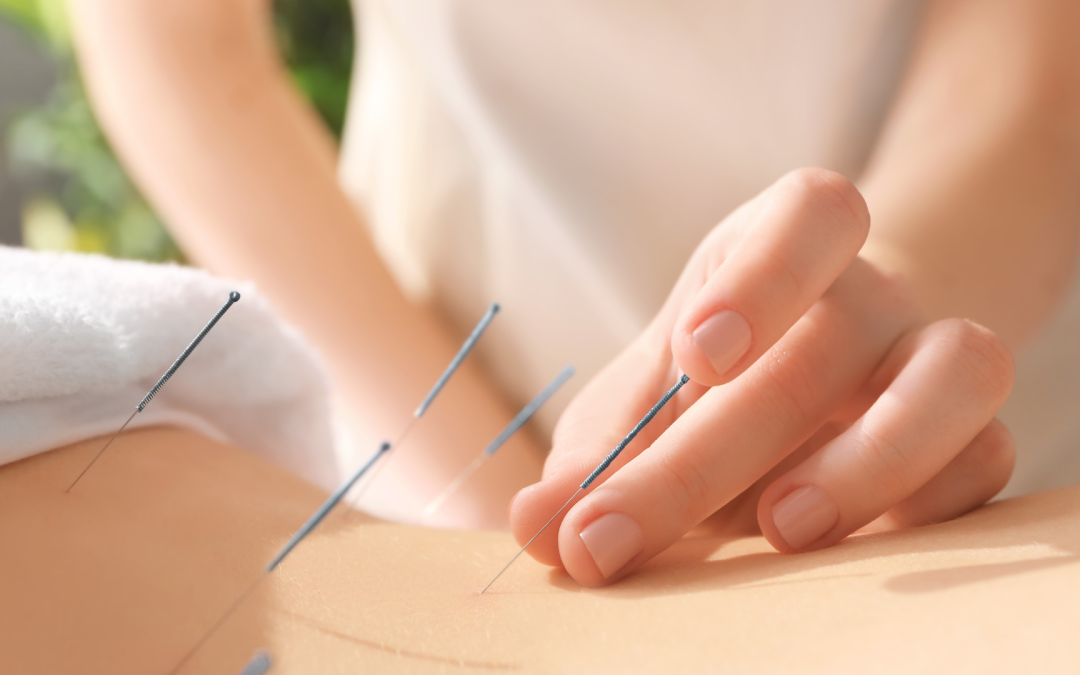Traditional Chinese Medicine (TCM)
When it comes to Traditional Chinese Medicine (TCM), you may think about herbs and practices that are used to both cure and prevent diseases. TCM has been practised since ancient China and is known to be a fantastic way of preserving health. While many people are still confused or clueless about TCM, we are here to offer a comprehensive guide to how it is used, how it functions, and so on. Read on to learn more .
Understanding the Main Purpose of TCM
TCM, rejects scientific research and medical approach. TCM contains two fundamental ideas:
- Qi
Qi is the life energy that guides someone’s physical and mental processes. When flow of Qi is incorrect illness may occur. TCM treatments brings homeostasis to disturbed energy, or simply improves the body’s ability to regulate its internal environment to create good health.
- Yin and Yang
Qi is polar opposites are thought to be Yin and Yang. Yin represents darkness , coldness, softness and femininity. Whereas, Yang is associated with masculinity, warmth, and brightness. Given that everything contains a trace quantity of its complement, a healthy equilibrium is required. These principles, according to TCM, can be seen acting within our bodies. The yin and yang energies that dwell within your Qi are directly tied to your health. If they aren’t in balance sickness may occur. The goal of Traditional Chinese Medicine is to bring the balance back.
Learning about the Techniques of TCM
TCM techniques are often used are acupuncture, cupping, prescription of herbs, meditation, moxibustion, and tai chi.
- Acupuncture: Acupuncture is the practice of putting extremely small needles into the skin.
- Cupping: Cupping is the practice of sucking the skin with the help of heated cups.
- Herbs: Beverages, powders, and capsules are examples of herbal products derived from plants.
- Meditation: Meditation is a technique for calming the mind.
- Moxibustion: Moxibustion is the practice of burning herb – moxa very near the skin.
- Tai Chi: Tai chi is a kind of exercise that emphasises movement and breathing harmony between the mind and body.
When performed by a professional, these treatments are safe and risk-free.
The Effectivity of TCM
TCM encompasses a wide range of practices, and the outcomes can vary. It is used in respected Western medical institutes to treat sleepiness, arthritis, and menopause-related symptoms. The World Health Organization recommends acupuncture for many diseases Moreover, acupuncture relieves pain and minimises the severe side effects of chemotherapy, patients with Parkinson’s disease who have acupuncture treatments report improved balance.
TCM from Patient to Patient
Stress and carpal tunnel syndrome can both be treated using TCM. If you have a multitude of symptoms for which there is no apparent cause if you need to deal with the side effects of medication, if you have tried Western treatment without success, and if you want to avoid illness, it could be a viable option for you. However, TCM is not recommended to use as a substitute for Western medication, especially if you have a liver or cancer issue. People who are elderly, pregnant or breastfeeding, undergoing surgery, using other medications, or treating a child should also exercise extra caution when using herbs.
Conclusion
Traditional Chinese Medicine offers a myriad of health benefits for one’s overall health. It is mostly safe and accessible, and may even cost less than healthcare provided by Western medicine. If you are looking for alternative ways to improve your well-being, TCM might be for you.


0 Comments